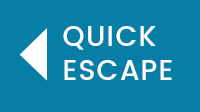Share your thoughts and help shape the future of the ANROWS Evidence Portal
We value your insights to help us ensure that the Evidence Portal is relevant, accessible, and impactful for people and organisations working collectively to end violence against women and children.
This anonymous survey takes about 10 minutes to complete.
 Skip to content
Skip to content